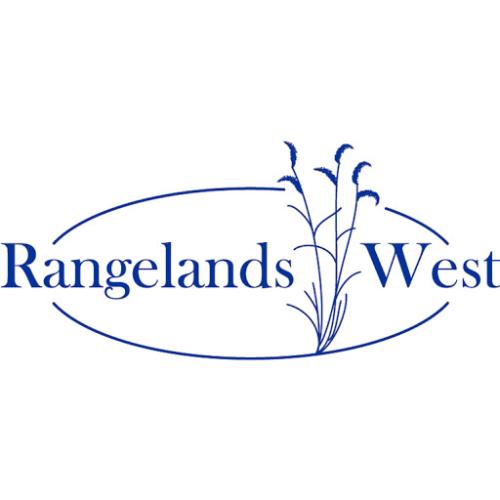Long-term residual dry matter mapping on the San Joaquin Experimental Range provides a working example of this monitoring technique for grazing management and research. Residual dry matter (RDM) is the amount of old plant material left on the ground at the beginning of a new growing season. RDM indicates the previous season’s use and can be used to describe the health or condition of annual rangelands. An RDM evaluation is made before the first effective fall rains, usually in late September or early October. Direct clipping and weighing, comparative yields, or photo standards are used to obtain RDM estimates. Mapping of RDM provides a means of recording the total amount of herbage remaining, as well as its distribution on the landscape. RDM is mapped on three different range sites at low, moderate, and high amounts: 1) flat slopes and swales: <400, 600 and >800 lbs/acre; 2) gentle rolling slopes: <600, 800 and >1,000 lbs/acre; and 3) steep slopes: <800, 1,000, and >1,200 lbs/acre. Tracking this information assists management in adjusting stocking rates, selecting locations for livestock supplements and evaluating grazing systems. Researchers can evaluate different grazing impacts on sites, evaluate grazing models, and have a clear understanding of ambient grazing prior to experimentation.(source abstract).

Articles, citations, reports, websites, and multimedia resources focused on rangeland ecology, management, restoration, and other issues on American rangelands.